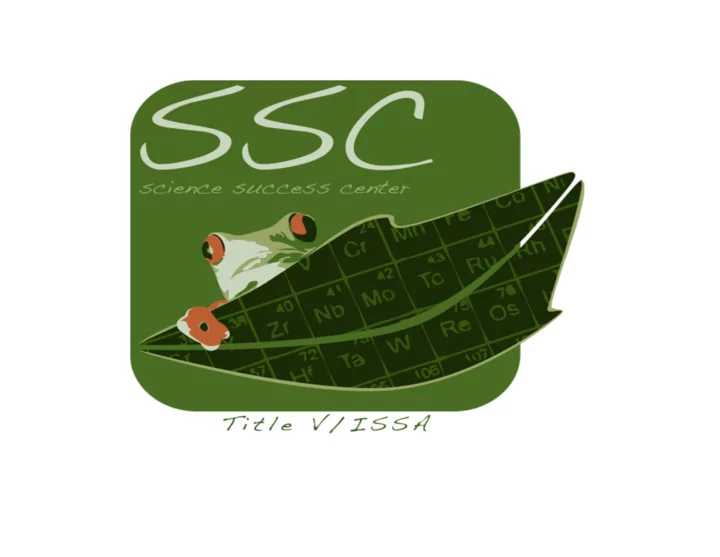

Life’s molecular diversity is based on the properties of carbon
Characteristic chemical groups help determine the properties of organic compounds
Cells make a huge number of large molecules from a small set of small molecules 1 2 3
Making polymers by a Dehydration reaction
Breaking polymers by a Hydrolysis reaction
Four major macromolecules Carbohydrates Lipids (Fats) Proteins Nucleic Acids
Monosaccharides are the simplest carbohydrates
Cells link two single sugars to form disaccharides
Polysaccharides are long chains of sugar units
Fats are lipids that are mostly energy- storage molecules
Phospholipids and steroids are important lipids with a variety of functions
Cholesterol, a steroid 3 4 1 2
Anabolic steroids pose health risks
Proteins are essential to the structures and functions of life • Structural proteins: are found in hair and the fibers that make up connective tissues such as tendons and ligaments. • Contractile proteins: Found in muscles • Defensive proteins: The antibodies of the immune system • Signal proteins: Such as hormones that coordinate body activity
More proteins • Receptor proteins: may be built into cell membranes and transmit signals into cells. • Transport proteins: Like hemoglobin transport oxygen in the red blood cells. • Storage proteins: such as ovalbumin, the protein of egg white, which serves as a source of amino acids for developing embryos.
General structure of an amino acid
Peptide bond formation
A protein’s specific shape determines its function
A protein’s shape depends on four levels of structure 1 3 2 4
Linus Pauling contributed to our understanding of the chemistry of life
Nucleic acids are information-rich polymers of nucleotides
Sugar-phosphate backbone
DNA double helix
Recommend
More recommend